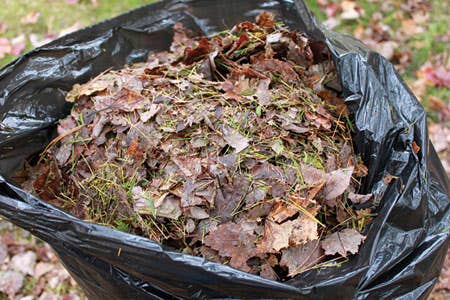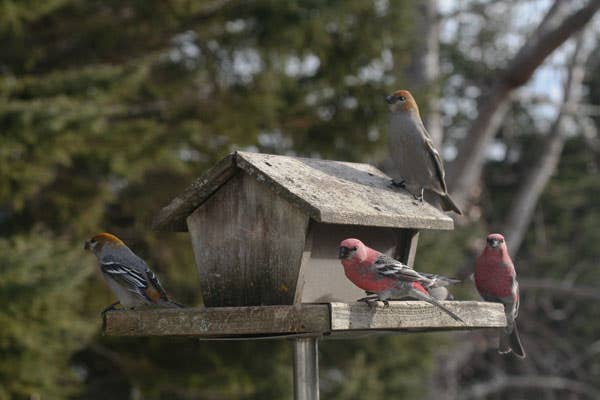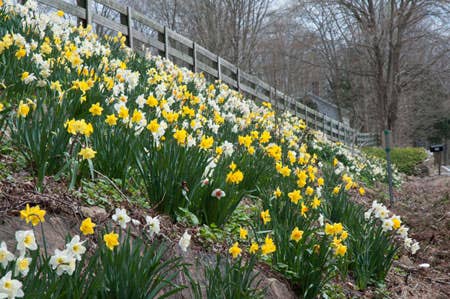Tip of the Week: For a fun windowsill project, train a plant into a standard
The word “standard,” in horticultural context, doesn’t mean regular, or usual; rather it refers to a plant, either woody or herbaceous, that has been trained to have a single, treelike stem
Training a Standard
Almost any plant that grows with a long, straight stem can be trained into a standard. Though the word may take some getting used to, standards themselves have an immediate appeal, lending a note of elegance, formality, or even pure geometric whimsy to both indoor and outdoor settings. Be sure to start with a healthy, well-grown plant with a strong, central stem that is already as tall as you want the standard's crown to be. A common myrtle (Myrtus communis) works well because of its relatively quick growth, its fine aromatic foliage, and the ease with which it can be shaped.
1. Cut back the central leader to the point where you want the crown to form. Then cut off most of the lower stems, leaving only a tuft of foliage at the top. Cut back the tips of the remaining stems so that they will branch and become bushy.
2. Stake the plant with a slender piece of wood or bamboo, and tie the stem to the stake in two or three places using twist-ties or string. Be careful not to injure the stem by tying too tightly. Give the plant plenty of light (turning it daily to ensure even growth), water regularly and feed once a month with a soluble fertilizer. Once the crown has filled out and the stem has increased in girth, you may remove the stake.
3. Shape the crown whenever it becomes too overgrown or begins to lose its desired form. Don't be afraid to cut back drastically—the plant will recover. If you leave the myrtle unsheared, however, you'll be rewarded with small, starry white flowers.
E-mail your smart gardening tip to edit@hortmag.com with the word TIP in the subject line, or post it in the CoHorts Forum. It could be featured in a future e-newsletter and here on Hortmag.com.







